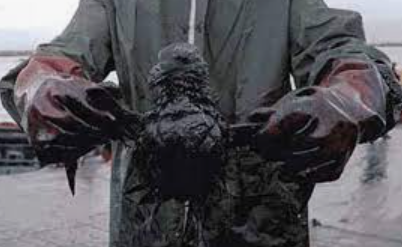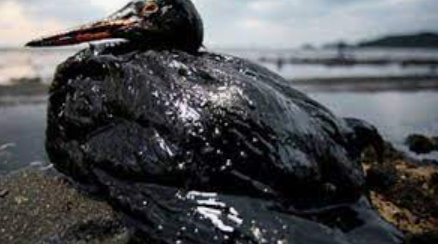An oil spill can be a source of great destruction for the wildlife around the spillage. Whilst we can move quickly to maintain the spill by using Spill Kits like those https://hydepark-environmental.com/spill-response/spill-kits this is much harder to achieve. Most bad oil spills occur out in the middle of the ocean or near the shore. These leaks create what is known as an oil slick, and the most devastating effect it can have is on the seabird population.
As the slick moves out into the ocean, the seabirds think it is something they can land on. Presuming it’s a handing spotting off spot out to sea, the birds find themselves immersed in the sticky oil. Then, as they land hard into the slick, it completely coats them. The same is true if the slick is able to get to the shore and the beaches. Then, as the birds gather to feed, the oil washes over them, and they come into contact with the oil.
Once the oil is on the birds, the difficult task of removing it begins. This usually involves washing the birds in strong detergent baths. Naturally, the birds resist this process, and it is not an easy task. As most seabirds are quite large and robust, it becomes even harder. This process removes all the essential oils from the birds, meaning they lose their water-repellent nature or feathers. This means they lose protection from the cold, and seawater will affect their flying ability.


